Super Blue Moon

|
Context: An unusual astronomical feat i.e. the full moon being both a “blue moon” and a “super moon,” giving rise to the “Super Blue Moon,” a rare trifecta of astronomical events.
About Supermoons
- Coined By: The term supermoon was coined by astronomer Richard Nolle in 1979.
- A supermoon occurs when the moon is within 90 percent of its nearest approach to Earth.
- They are known to be the brightest and biggest full moons of the year. It appears around 30 percent brighter and 14 percent larger than a regular moon.
- Occurrence: When the full moon and Perigee closely coincides with each other, in the language of popular culture, we have a supermoon.
- Moon Illusion: It happens when the moon is near the horizon. The moon appears larger due to this and the effect is strongest when the moon is either rising or setting.
- The August super blue moon marks the first of four consecutive sightings of the super moon for this year, the next appearing on September 18, October 17 and November 15.
About Blue Moon
- Origin: The first Blue Moon was recorded from 1528 onwards and is believed that the name Blue Moon originated from an old phrase meaning ‘betrayer moon’. However, the Blue Moon is not Blue in color.
- Types: There are two types of Blue Moon,
- The second full moon of a month with two full moons came to be known as a ‘Blue Moon’ since 1940.
- Seasonal Blue Moon: A third full moon in a season that has four full moons is known as a seasonal blue moon. This is the type of Blue Moon that will be visible on August 19.
|
Master Clock System
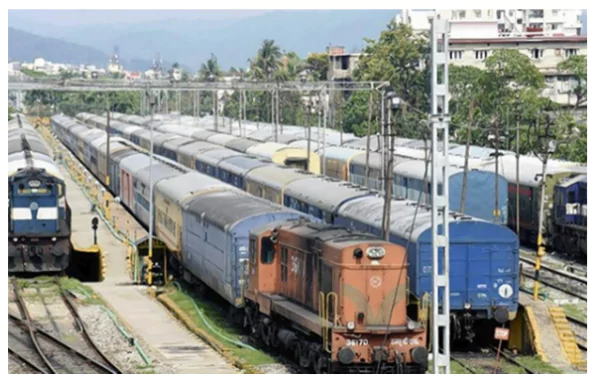
|
Context: In a first, the Indian Railways will develop a master clock system for synchronizing time with the applications and systems across its network.
About the Master-Clock System
- Current System Issues: The existing manual time-keeping method, where station masters set time based on section controllers’ instructions, leads to mismatches across various railway applications.
- High-Level Committee: A high-level committee, including the Railway Board and Research Designs and Standards Organisation (RDSO), is finalizing the architecture for this system to ensure uniform time synchronization.
- Benefits: It will resolve time discrepancies, especially in rail accident investigations.
- It will ensure synchronization among different applications and systems across Indian Railways.
- Time Source: The master clock will source time from NAVIC or the National Physical Laboratories (NPL) to provide a consistent timing source across all railway systems.
- Prototype Demonstration: The RDSO is expected to demonstrate a prototype of the master clock system by October 2, 2024.
|
General S. Padmanabhan
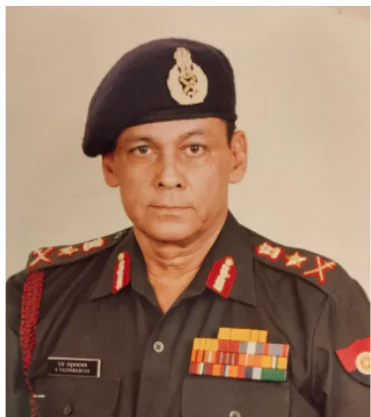
|
Context: Former Chief of Army Staff (COAS) General S. Padmanabhan passed away at his residence in Chennai on Sunday.
About General S. Padmanabhan
- Gen. Padmanabhan was the COAS between September 2000 and December 2002.
- His legacy is marked by his commitment to the welfare of soldiers, modernisation of the Army and strategic vision.
- General Padmanabhan led the Army during the crucial period of ‘Operation Parakram’.
|
National Financial Reporting Authority (NFRA)
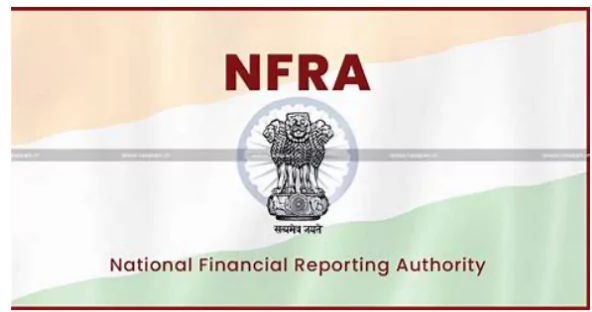
|
Context: The National Financial Reporting Authority (NFRA) has intensified its crackdown on auditing malpractices related to Coffee Day Enterprises Ltd (CDEL) and its subsidiaries.
About: The National Financial Reporting Authority (NFRA) was constituted on 01st October,2018 by the Government of India under the Companies Act, 2013.
- Composition: The Companies Act requires the NFRA to have a chairperson who will be appointed by the Central Government and a maximum of 15 members.
Function:
- Ensuring Adherence to Audit Quality Standards: It inspects audit firms to verify their adherence to audit quality standards set by the Companies Act and the Institute of Chartered Accountants of India (ICAI).
- About ICAI: ICAI is the largest global professional body of Chartered Accountants.
- Service to Economy: It has a strong tradition of serving the Indian economy in the public interest.
- Established By: Chartered Accountants Act, 1949.
- Purpose: Regulates and develops the profession of Chartered Accountants in India.
- Nodal Ministry: Ministry of Corporate Affairs, Government of India.
- Members: 40 members in total.
- Elected Members: 32 members elected by Chartered Accountants.
- Nominated Members: 8 members nominated by the Central Government, representing entities such as the Comptroller and Auditor General of India, SEBI, Ministry of Corporate Affairs, Ministry of Finance, and other stakeholders.
- Key Areas Scrutinised: These include the audit firm’s compliance with independence norms, adherence to auditor disqualification provisions in the Companies Act, and the integrity of audit documentation.
NFRA Report:
- Transparency Through Publication: The reports are published to provide both the audit firm and the industry with insights into deficiencies in financial statement preparation and auditing practices.
- Encouraging Corrective Action: While not a disciplinary action, the regulator’s report strongly encourages audit firms and their clients to address identified deficiencies.
- Confidentiality and Detail: The inspection reports do not disclose the auditor’s business client but detail the issues found in their accounts and audit processes.
|
RBI Issues Framework for Self-Regulatory Organisations (SROs) Recognition
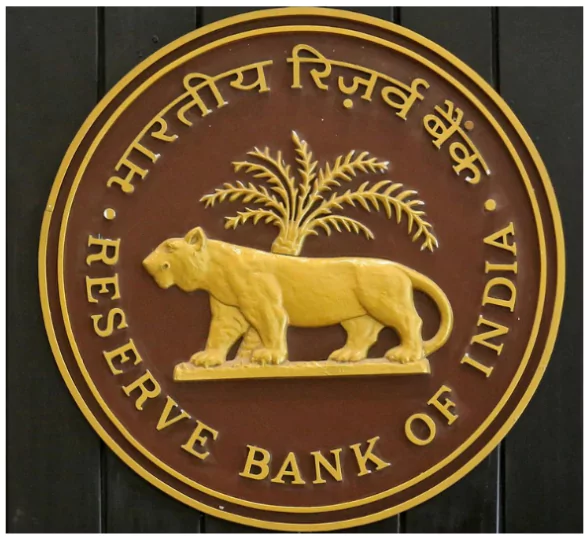
|
Context: The Reserve Bank of India (RBI) recently issued a framework for recognition of Self-Regulatory Organisations (SROs) in financial markets towards strengthening compliance culture among the SRO members and also providing a consultative platform for policy making.
Self-Regulatory Organisations (SROs)
- Definition: SROs are entities formed within specific industries to regulate themselves, often working with government regulators.
- Aim: To promote ethical conduct and best practices within their sectors.
- Supervision: Operate under government supervision, with regulators delegating certain regulatory functions.
- Compliance Monitoring: Monitor and enforce compliance with industry-specific rules and standards.
- Public Interest: Operate with transparency and accountability to ensure regulatory activities serve the public interest.
- Act as a Bridge: The SRO will act as a bridge between its members and the regulator. It will ensure better compliance with regulatory guidelines, development of early warning signals, protection of stakeholder interests, and foster innovation.
Key Framework:
- Eligibility Threshold: The Reserve Bank of India introduced a framework for self-regulatory organisations in financial markets, setting a ₹10 crore eligibility threshold.
- Application Call: The RBI has asked interested entities seeking recognition as an SRO in financial markets to submit their application through email or to the Chief General Manager, Financial Markets Regulation Department, Reserve Bank of India.
- Comprehensive Code of Conduct: RBI wants SRO to frame and implement a comprehensive code of conduct for its members to extend guidance and support, particularly to the smaller entities in the sector, and share best practices aligned with statutory and regulatory policies.
Possible Impact: This initiative aims to expand market access, boost participation, and protect users by establishing industry standards and best practices, promoting compliance, and supporting innovation, particularly for smaller sector entities. |
New Maritime Rescue Coordination Centre
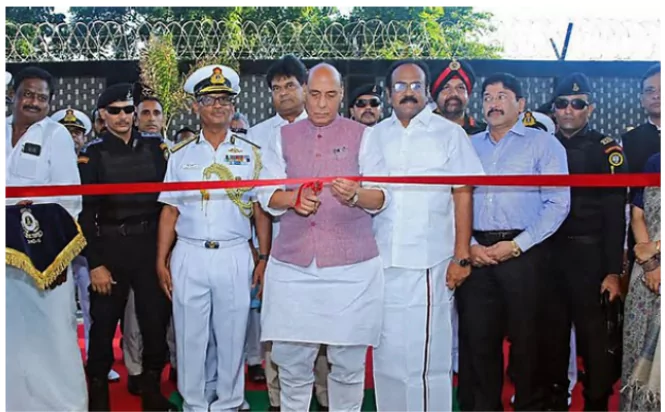
|
Recently, the Indian Defence Minister inaugurated the Maritime Rescue Coordination Centre (MRCC) in Chennai.
Maritime Rescue Coordination Centre (MRCC)
- Purpose: Enhances coordination for the rescue of mariners and fishermen in distress at sea.
- Features: Equipped with the latest terrestrial and satellite distress monitoring systems and advanced communication technology.
- Role: Acts as the nerve centre for coordinating maritime rescue operations on the east coast of India and beyond.
- Operates 24/7 to monitor distress alerts, weather systems, and coordinates with Indian Coast Guard air and sea assets, commercial ships, and fishermen.
- To ensure safety and well-being of fishermen and mariners along the east coast of India and beyond.
- Additional Inaugurations
- Regional Marine Pollution Response Centre (RMPRC):
- Location: Chennai.
- Function: Coordinates responses to marine pollution in the Indian Ocean Region’s coastal waters.
- Coast Guard Air Enclave:
- Location: Puducherry.
- Capabilities: Equipped with Chetak and Advanced Light Helicopter Squadrons for maritime patrol, search and rescue, and support to Coast Guard ships
|
![]() 20 Aug 2024
20 Aug 2024
